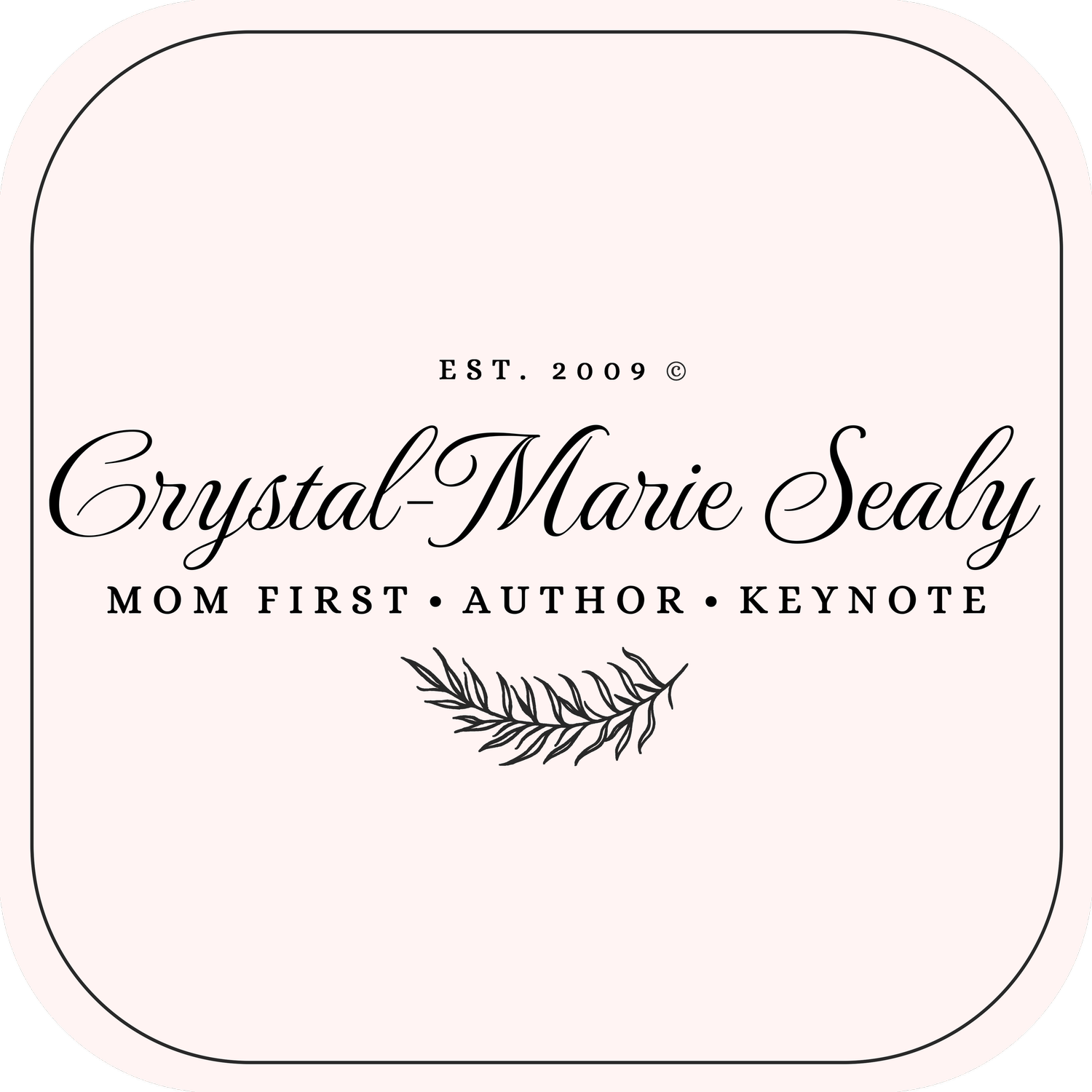LinkedIn. Why Company Page versus Profile.
/I haven't shared this in writing, but if you've attended one of my live or virtual social media workshops, or downloaded my LinkedIn checklist, you'll know much of what you're about to read here.
The last time I wrote on LinkedIn, I shared the loss of Products and Services feature, back in 2015. This is an excerpt from on of my LinkedIn Strategy Workshops, paraphrased.
Who's using Profiles in lieu of Company Pages? So what?
On LinkedIn, there are profiles, company pages and groups, among other features.
A profile belongs to an individual, a person, not bots or other A.I. It is mandated to be governed by that person. You can connect with other people, follow people and companies, join groups, host groups and pages, share, comment on or Like content.
A company page belongs to a company, and may be managed by multiple administrators, human or A.I. You can have followers, share content and post job openings.
Groups belong to a company or individual, but is managed by at least one person. Uncertain re: A.I. Members are profile owners (not pages) and can share, like and comment on posts there. Admins can moderate members and content.
I've seen a resurgence in the number of companies using personal LinkedIn profiles as company pages. I get the appeal. I've had multiple clients faced with the same dilemmas:
Profiling by appearance, human nature, excludes me from certain spheres. My brand removes that.
Pages can't join groups or add or message people. We have to wait for them to follow us, and we can't engage as freely.
My personal brand does not belong to my client/employer. Using their brand as a profile let's me engage without violating that boundary.
LinkedIn, and the law, doesn't allow you to share on someone else's profile, even if they requested it. Using the brand instead lets me help the client/employer without violating LinkedIn's terms.
Those are just a few reasons, and those are all valid concerns. The problem is that while it seems to work in the short term, in the medium- to long-term:
LinkedIn may shut down your account eventually.
Company Page logos show up in your profile to reinforce your professionalism. Professionals get wary or take the brand less seriously.
People trust people more than they trust brands. The value of LinkedIn is relationships.
What then? You've worked to build that community and you're missing out on the true value of LinkedIn. Worse, you've likely just lost those connections, if your account gets shut down.
Being strategic. The role of your Company Page
I usually spend most of my time on the importance of creating a strategy that works even as social media keeps changing.Hint: around content and relationships. Facebook keeps changing significantly, privacy rules keep changing and Google plus is no more.
LinkedIn, however, seems to be the channel that I have to keep coming back to address technically, to save folks the trouble of putting all that effort in to attract the wrong kind of attention.
Here's some strategic insight into why you want to use LinkedIn as intended, and how to get around some of the issues highlighted above.
ISSUE: Profiling by appearance, human nature, excludes me from certain spheres. My brand removes that. OPTION: If you can accept that as is, you'll often find that there's an abundance of people, in spheres you hadn't even heard of, who'll accept you as you are. Perhaps even love you as is! All great brands attract and repel powerfully.
ISSUE: Pages can't join groups or add or message people. We have to wait for them to follow us, and we can't engage as freely. OPTION: That's unlikely to change, but you can invite your referral community to follow, like page posts and share the links to your company page in groups, when it's relevant in their worlds.
ISSUE: My personal brand does not belong to my client/employer. Using their brand as a profile let's me engage without violating that boundary. OPTION: Another element we can't change. Here (and it's time consuming), I recommend creating a spreadsheet of posts for your client/employer to review and getting them to publish those that have been approved. Still, avoid posting for anyone else altogether.
ISSUE: LinkedIn, and the law, doesn't allow you to share on someone else's profile, even if they requested it. Using the brand instead lets me help the client/employer without violating LinkedIn's terms. OPTION: (Same advice as above re: personal brand.)
Remember, being strategic means you don't get bogged down by, or attached to, tactics and low-level details. Strategy keeps your eye on the desired outcome, even if you have to change tactics (and social media channels) to get there. As the professional social media channel (even if you find the definition of professionalism changing here), being strategic on LinkedIn keeps you credible.
If you're not sure where to start, here are a few questions you can use to check in:
What are my business reasons for being active on LinkedIn? Audience and awareness? Clients and referrals?
What is my target audience doing there? Can I engage meaningfully with the tools LinkedIn provides? How do I make it easy for them to engage or find me?
What's my year long conversation there? Does it help my audience's decision making process or serve to distract them? [Workshop on this.]
Does that help shift your focus?
Need a Hand? Or D.I.Y.
For more insights on strategic social media, particular if you're trying to be more mindful about community, a quick search for "social media" or, in this case, "LinkedIn" on this blog can get you started.
You can also download this LinkedIn Checklist for a quick check-in. The D.I.Y. Resources are still a work in progress, but there's some good material there.
Have issues not outlined here?
For technical issues, I offer workshops and one-off sessions, but of all the channels I work with, LinkedIn has been the best at resolving issues.
For strategy, I'm here to support you virtually, through social media consulting sessions, social media packages and my signature intensive 5-week strategy service - more at successiory.ca/social-media.
___________
About the Author
Crystal-Marie Sealy, MBA, is a dedicated mom, keynote speaker and entrepreneurial strategy consultant focused on sustainable business models for premium services entrepreneurs and professionals. President and founder of Successiory and her signature "Mindful Entrepreneurship for Mindful Affluence™", Crystal-Marie works with professionals who want to build sustainable (livable) business models around their lifestyles and create sustainable client community on social media. She also speaks and delivers workshops at business and motivational conferences on authenticity, entrepreneurial strategy — pricing, process, and pace i.e. feasible schedules and productivity — and client social media community. Connect with her and subscribe at www.successiory.ca









